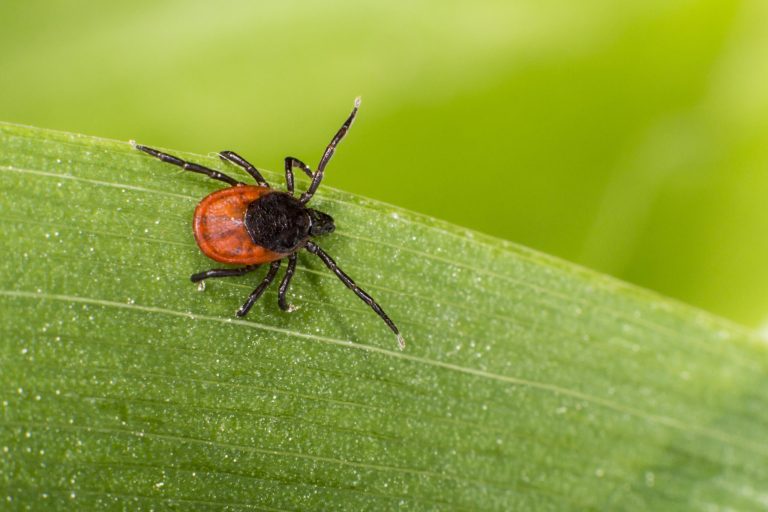
Subchondral lucencies in the distal aspect of the medial femoral condyle of young Thoroughbred horses are a source of controversy on presale radiographs. There is limited scientific evidence regarding the risk of progression and impact on future racing performance.
Study on Prevalence of Medial Femoral Condyle Subchondral Lucencies
The aims of this prospective cohort study were to (1) identify the prevalence of medial femoral condyle subchondral lucencies on sales repository radiographs in yearling and 2-year-old Thoroughbreds; (2) identify any association between grade of medial femoral condyle subchondral lucencies and future racing performance and (3) monitor changes in medial femoral condyle subchondral lucencies grades between yearling and 2-year-old sales.
Radiographs were obtained from a 2016 yearling sale and five 2017 2-year-old sales. Stifle radiographs were evaluated and medial femoral condyle subchondral lucencies graded on a scale of 0–3. Axial medial femoral condyle lucencies were recorded separately. Maximum medial femoral condyle grades per horse were analysed for associations with racing performance outcomes, adjusted for sex, to the end of the horses’ 4-year-old racing year.
Study Observations
Radiographs from 2508 yearlings (5016 stifles) and 436 2-year-olds (872 stifles) were included in the study. Medial femoral condyle subchondral lucencies of grades 1–3 were observed in 242 (9.65%) yearlings and 49 (11.2%) 2-year-olds. Bilateral medial femoral condyle subchondral lucencies of grades 1–3 were observed in 54 (2.2%) yearlings and 12 (2.8%) 2-year-olds. Grade 1 medial femoral condyle subchondral lucencies in yearlings either remained unchanged (14/31), progressed to a grade 2 (6/31) or resolved (11/31) by the 2-year-old sale. Grade 2 medial femoral condyle subchondral lucencies in yearlings remained unchanged (6/10), progressed to a grade 3 (2/10) or improved to a grade 1 (2/10). Yearlings with grade 3 medial femoral condyle subchondral lucencies had a 78% probability of starting a race (95% confidence interval [CI] 58.2–89.6%), compared with an 84% probability of racing for grade 0 yearlings (95% CI 82.7–85.8%). Six of the seven yearlings with axial medial femoral condyle lucencies raced.
Bottom Line
Grade 1 medial femoral condyle subchondral lucencies were the most common type seen in yearling and 2-year-old sales horses. The majority of yearling grade 1 medial femoral condyle subchondral lucencies resolved or remained static by 2-year-old sales. It was also possible for grade 2 and 3 medial femoral condyle subchondral lucencies to improve one grade between sales. Fewer sales yearlings with a grade 3 medial femoral condyle subchondral lucencies raced, but in those that did race there was no evidence of worse performance compared to unaffected peers. Axial medial femoral condyle lucencies did not affect racing performance.








